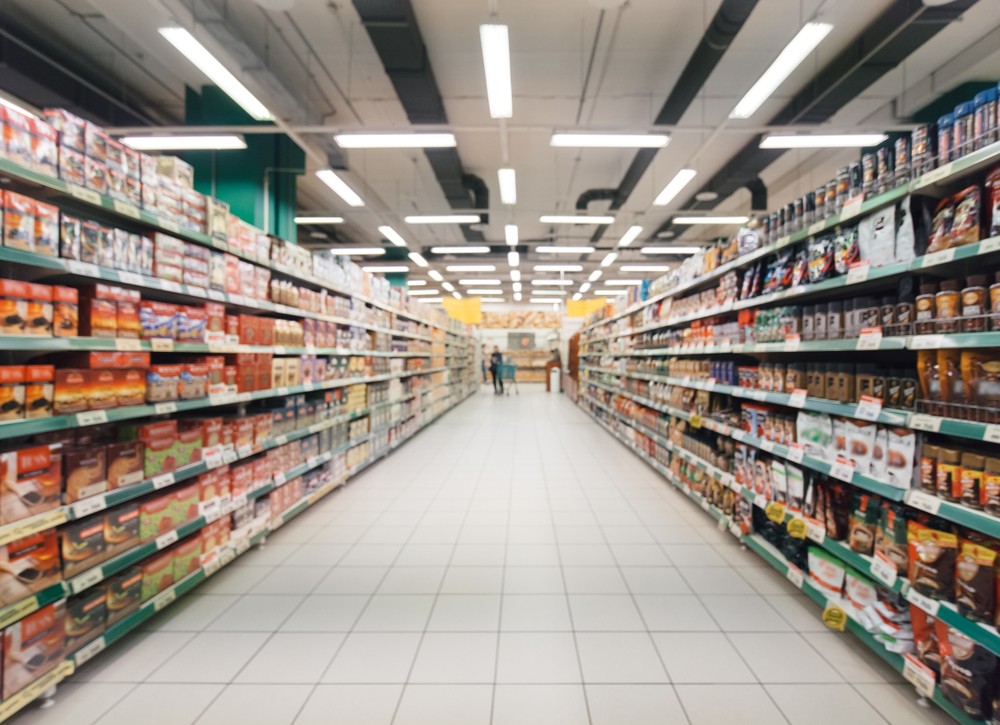Hitachi Digital Services is supporting food waste prevention specialists OneThird in the development of a breakthrough solution tackling the global food waste crisis. OneThird selected Digital Services from Hitachi Vantara, now a new entity known as Hitachi Digital Services, to combine its Azure cloud and application expertise with their in-depth understanding of sensing and AI technology and together they created a real-time data insights platform to enable a smarter and more flexible food supply chain. The solution enables fresh produce supply chains to prevent significant waste of produce – 25% at least – while also saving on the associated cost of those losses.
Currently about 1/3 of food production is lost and wasted globally, despite unprecedented levels of human consumption, courtesy of a growing global population that is set to increase by nearly 2 billion people in the next 30 years. The financial costs of food wastage are substantial and amount to about USD 1 trillion each year. It is imperative that solutions are created to ensure there is enough food for everyone, which also includes reducing the current food waste crisis.
OneThird has developed a portable scanner that is able to scan produce on a molecular level – analyzing their water, sugar, and starch content – using a non-destructive, near-infrared sensing technology and AI algorithms to predict the shelf-life of fresh produce. Leveraging Hitachi Digital Services’ cloud development capabilities, the estimated shelf-life data becomes available in real-time, enabling all parties involved to decide on the final retail destinations of the fresh produce or redirect to alternative purposes like dry freezing or processing into soups and sauces.
Marco Snikkers, CEO and founder of OneThird said, “The astronomical volume of food that goes to waste each year is heartbreaking, particularly since so much is wasted in affluent countries. We’ve worked closely with Hitachi Vantara to create technology that helps to address this persistent, global challenge which directly impacts food scarcity. We are proud to have built the first cloud-based and connected product that accurately and objectively predicts the shelf life of fresh produce. The interest has been overwhelming, and we aim to accelerate the deployment of our technology globally.”
The insights obtained from the scanning data enable retailers to:
Consider the best distribution routes based on produce shelf life and customer specifications;
Repurpose items to food banks or processing instead of having produce rejected by shoppers due to short shelf life;
Provide best before and expiration dates based on actual shelf life rather than default values; and,
Apply discounts in-store if produce shelf life is near expiration and better manage stock by placing items with a longer shelf life towards the back.
To help drive OneThird’s digital strategy and journey, Hitachi Vantara’s consulting services co-created the data and analytics integration platform and interfaces to interact with different external platforms in real-time.
“Currently able to predict the shelf life of tomatoes, strawberries, blueberries and avocados, the technology will extend to a range of further produce including grapes, bananas, mangoes, and raspberries by 2024. Notably, the solution solves the ‘avocado problem,’ with shoppers no longer needing to squeeze avocadoes in-store to test for their ripeness, which can damage them,” said Roger Lvin, CEO of Hitachi Digital Services. “As the food waste crisis continues, retailers must be equipped with the insights needed to reduce food waste in a truly impactful way. It’s exciting that our data-driven solutions are playing a role in helping to achieve this. We’re proud to have collaborated with OneThird on this initiative, which not only supports sustainable practices but also has huge growth potential, as new product developments are currently in the works. We are incredibly excited to see what this solution will go on to achieve.”
The technology is already available for use by those working across the food supply chain, from growers to distributors. In addition, multiple European retailers are currently in talks to install the technology in-store, while all are already using the scanning devices within their supply chains.




